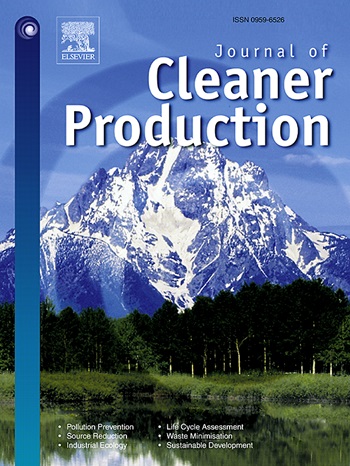Optimising behind-the-meter solar for water distribution systems: impact of network configuration and electricity tariff structure
IF 9.7
1区 环境科学与生态学
Q1 ENGINEERING, ENVIRONMENTAL
引用次数: 0
Abstract
This research investigates the impact of different water distribution system (WDS) network configurations (i.e., with and without elevated water tanks) and various electricity tariff structures on the behind-the-meter (BTM) solar PV system design for WDSs and their overall performance. Two network configurations (i.e., with and without elevated water storage tanks) and three electricity tariff structures (i.e., zero, fixed and dynamic purchase or grid feed-in tariffs) have been investigated using two case study systems. It has been found that WDS configurations with elevated tanks typically require larger BTM solar systems, offering greater flexibility in aligning pump operations with solar energy generation. This in turn leads to higher solar energy utilisation and lower total life cycle costs (TLCC) compared to systems without tanks. In contrast, WDSs without elevated tanks tend to have smaller solar PV systems and may have low efficiency in solar energy utilisation. In addition, it has been found that although a fixed grid feed-in electricity tariff offers additional revenue through selling excess solar energy back to the grid, it has minimal impact on solar PV sizes. In contrast, a dynamic electricity tariff structure leads to smaller BTM solar systems but higher TLCC due to the impact of possible negative electricity prices. Overall, this research offers valuable insights into the design and operation of WDSs integrating BTM solar, providing guidance on determining optimal solar PV sizes based on WDS configurations and different electricity tariff structures to maximise economic and energy benefits in these integrated systems.
优化水分配系统的表后太阳能:网络配置和电价结构的影响
本研究探讨了不同的配水系统(WDS)网络配置(即带和不带高架水箱)和不同的电价结构对水表后(BTM)太阳能光伏系统设计的影响及其整体性能。使用两个案例研究系统调查了两种网络配置(即有和没有高架储水箱)和三种电价结构(即零、固定和动态购买或电网上网电价)。研究发现,采用高架储罐的WDS配置通常需要更大的BTM太阳能系统,从而在调整水泵运行与太阳能发电方面提供更大的灵活性。与没有水箱的系统相比,这反过来又导致更高的太阳能利用率和更低的总生命周期成本(TLCC)。相比之下,没有高架储罐的污水处理厂往往具有较小的太阳能光伏系统,太阳能利用效率可能较低。此外,研究发现,尽管固定的电网上网电价通过将多余的太阳能卖回电网提供了额外的收入,但它对太阳能光伏发电规模的影响微乎其微。相比之下,动态电价结构导致BTM太阳能系统较小,但由于可能的负电价影响,TLCC较高。总体而言,本研究为集成BTM太阳能的WDS的设计和运行提供了有价值的见解,为确定基于WDS配置和不同电价结构的最佳太阳能光伏发电规模提供了指导,以最大限度地提高这些集成系统的经济和能源效益。
本文章由计算机程序翻译,如有差异,请以英文原文为准。
求助全文
约1分钟内获得全文
求助全文
来源期刊

Journal of Cleaner Production
环境科学-工程:环境
CiteScore
20.40
自引率
9.00%
发文量
4720
审稿时长
111 days
期刊介绍:
The Journal of Cleaner Production is an international, transdisciplinary journal that addresses and discusses theoretical and practical Cleaner Production, Environmental, and Sustainability issues. It aims to help societies become more sustainable by focusing on the concept of 'Cleaner Production', which aims at preventing waste production and increasing efficiencies in energy, water, resources, and human capital use. The journal serves as a platform for corporations, governments, education institutions, regions, and societies to engage in discussions and research related to Cleaner Production, environmental, and sustainability practices.
 求助内容:
求助内容: 应助结果提醒方式:
应助结果提醒方式:


